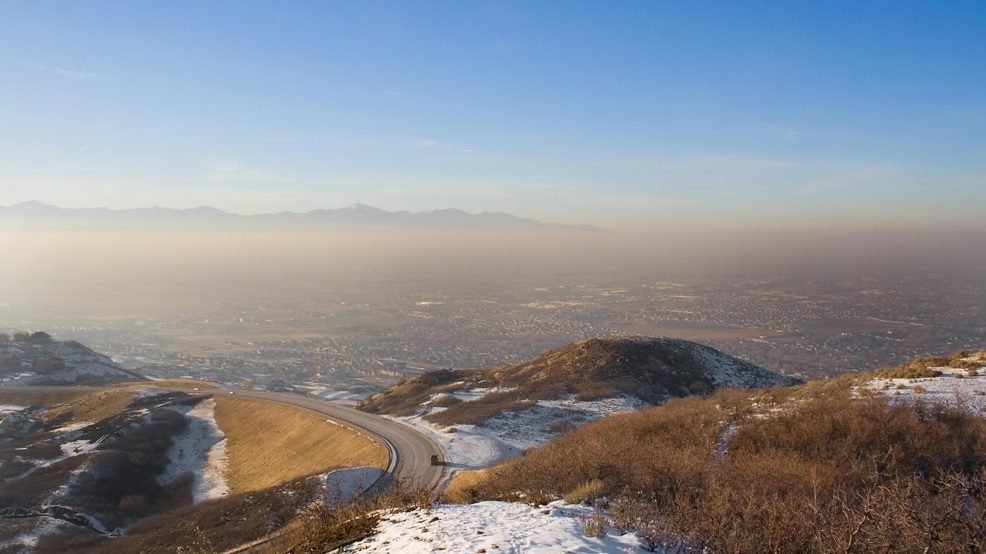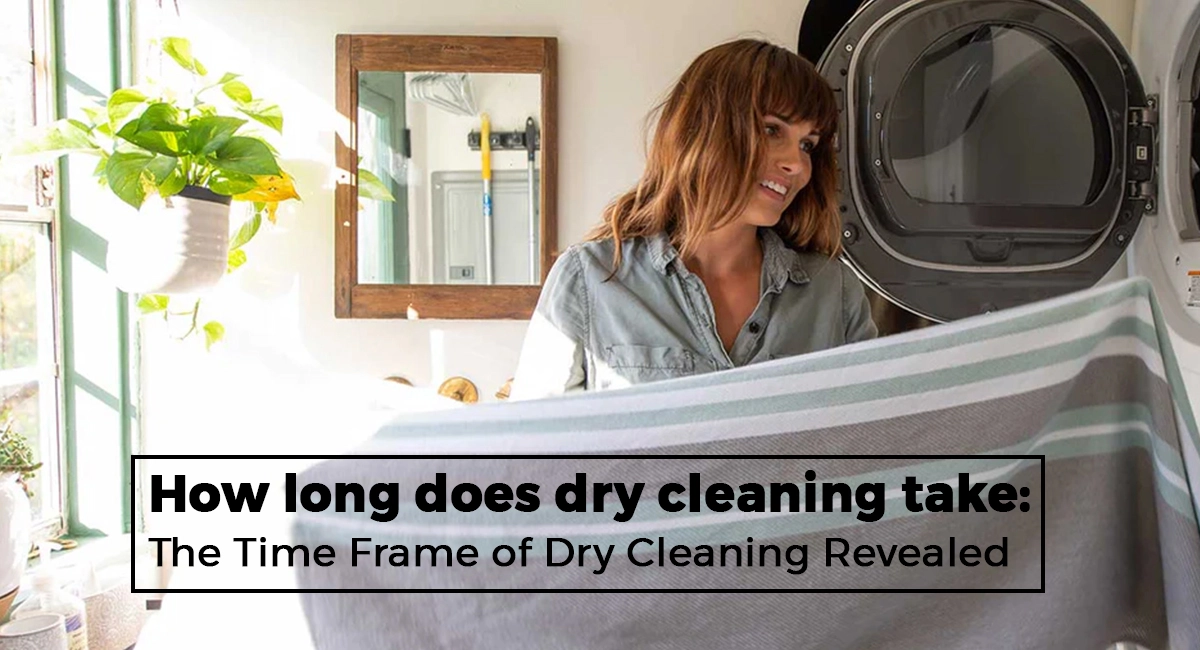
Utah’s Environmental Clean Up Efforts Are Paying Off
Utah is achieving great milestones in its efforts to improve the quality of its environment. The Beehive State achieved these feats by partnering with the Environmental Protection Agency and the combined efforts of the state’s government and citizens. Petrochemical spills, algal blooms, and poor air quality plagued the state in 2018. These factors, and the presence of two locations with extremely high concentrations of dangerous substances, or Superfund sites, helped in galvanizing multiple agencies and private citizens to improve Utah’s natural surroundings.
Turning Around a Bleak Year
The previous year saw Utah’s waterways infested by more than 24 outbreaks of harmful algal blooms, which negatively affected the quality of the state’s water. Smoke from wildfires and fumes from fossil fuels increased the particulate matter in the air around multiple communities in the state, including Salt Lake City as well as several counties.
There were also over 4,000 gasoline storage tanks scattered throughout Utah. One of these tanks ruptured in March of 2018, spilling 55,000 gallons of fuel in Provo. This spillage contaminated the groundwater in an area 300 feet in diameter.
These occurrences led the state legislature to partner with the Environmental Protection Agency to address the pollution and contamination issues more aggressively. The EPA set down new benchmarks for the state to achieve after the condition of Utah’s water and air quality outraged the agency. With their encouragement and guidance, the government of Utah enacted multiple measures to improve the environment. These measures include a 1,000-megawatt storage project to store excess energy from the power grid, an infusion of $17 million assistance to upgrade the state’s water system, and the incorporation of hybrid vehicles to civic fleets, like police departments and public buses.
Efforts from the civilian and commercial sectors also contributed to the betterment of the environment. Thanks to the increased adoption of solar energy units, the National Resources Defence Council stated that it is now one of the top states using that form of renewable energy. Some companies chose to focus on improving hazardous waste disposal in Utah.
But the Beehive State’s greatest triumph was the shutting down of two sites that belonged to the infamous Superfund list.
Shutting Down Superfund Sites
The Superfund law began in the 1980s when Congress created the eponymous endowment to shoulder the expenses of cleaning up the United State’s worst contaminated area. The list of sites included in the Superfund law had over 1,700 locations in 2013 because of the glacial pace it took to cross sites of the list, which involved complete clean-up efforts.
Utah was home to two of these sites: the Eureka Mills and the Davenport and Flagstaff Smelter Site. Both locations processed metals and the toxic by-products of these industries leached into the soil surrounding them. Rehabilitating these locations called for the removal and possibly the treatment of enormous quantities of earth from the sites and putting down at least 18 inches of fresh soil. In 2018, the officials from the EPA officially declared these two sites rehabilitated and removed them from the Superfund.
While these are great strides towards a more environmentally-friendly world, Utah still has a lot of work left. But with the resolve of the government and the citizenry, constant vigilance, and enough hard work, this new world can turn from a possibility to a certainty.





